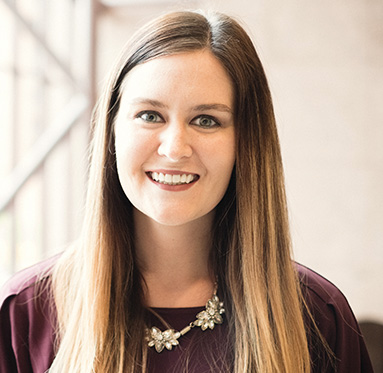February 21, 2016
Way back in 2012, the last presidential election year, Instagram was still the new kid on the block, Snapchat had just launched and Periscope didn’t even exist. Fast forward four years and these channels (and more) are folded into our everyday life.
2016 represents one of the first presidential elections where social media plays a major role in reaching and informing voters. Moreover, this is the first election where millennials are the largest voting-age population, creating a need for candidates to build relationships with these avid social media users.
Here are a few ways social media is impacting this year’s campaign season and what your brand can learn:
1. Reaching millennials
To quote Coolio’s ‘90s hit “Gangsta’s Paradise,” “If they can’t understand it, how can they reach me?” Conversely, if a candidate’s campaign team can’t understand social media, how can they reach millennials?
As a millennial myself, I admittedly get my news through Twitter, Facebook and even Instagram. According to a recent Pew Research report, 46 percent of millennial voters surveyed had learned about the 2016 election through social media in the past week. Among this generation, social media, particularly Facebook, is favored over local TV as a source for political news.
Not only do we use social media in everyday life, the U.S. Census Bureau reports that we now outnumber baby boomers by nearly 8 million, and we are the most-educated generation to date. Essentially, we have the voting power to greatly impact an election, and candidates are taking note.
What your brand can learn: Know your audience and the channels in which they prefer to get information to build out your communications strategy.
2. Real-time updates and behind-the-scenes content
Snapchat, Periscope, Facebook Live and Twitter all offer ways to share real-time information that are often more timely than print, digital and broadcast news. Photos and videos that stream from these real-time platforms give the behind-the-scenes looks that people crave. Truly capturing the moment, this content is often less edited, adding an unfiltered layer of authenticity.
As such, candidates and journalists alike are embracing Snapchat to share stories from the campaign trail. The Live Stories feature also includes curated photos and videos from election events, many of which include event-specific photo filters. For example, during the recent New Hampshire primary, users could select a filter that provided real-time voting updates.

On other platforms, journalists and influencers use Periscope and Facebook to provide live video reports while using Twitter to live tweet during debates. Based on data from Hastracking, there have been over 3.4 million #GOPdebate tweets and over 2.6 million #DemDebate tweets in the last 30 days, and these numbers are growing by the minute.
What your brand can learn: Timeliness is everything. Brands need to be ready to capitalize on opportunities as they happen or their competitor will beat them to it.
3. Investment in social media campaigns
Some say President Obama’s social media campaigns in 2008 and 2012 played an important role in his presidential wins. Well, it seems like this year’s candidates are following his lead to build a meaningful digital presence. In fact, research firm Borrell Associates estimates that $1 billion will be spent on digital media, half which will be dedicated specifically to social media.

Democratic candidate Bernie Sanders, a member of the Silent Generation, has won the hearts of a mass of millennials thanks largely to his #FeeltheBern campaign. Ohio Governor John Kasich has invested in Snapchat with paid filters and advertising. And you can’t mention the 2016 election without “The Donald.” One of my colleagues can tell you a thing or two about Trump’s social media success. There is no doubt that as the election heats up, candidates will heighten their activity on these valuable channels.
What your brand can learn: As social media continues to evolve, be open to trying new platforms and features in order to engage your target audiences.
So who will win on Election Day? It’s hard to say at this point, but my guess is that he or she will have the support of a strong social media campaign.
How have you seen social media impact this year’s election? Feel free to share your comments below or tweet me at @angelaalmasy.


